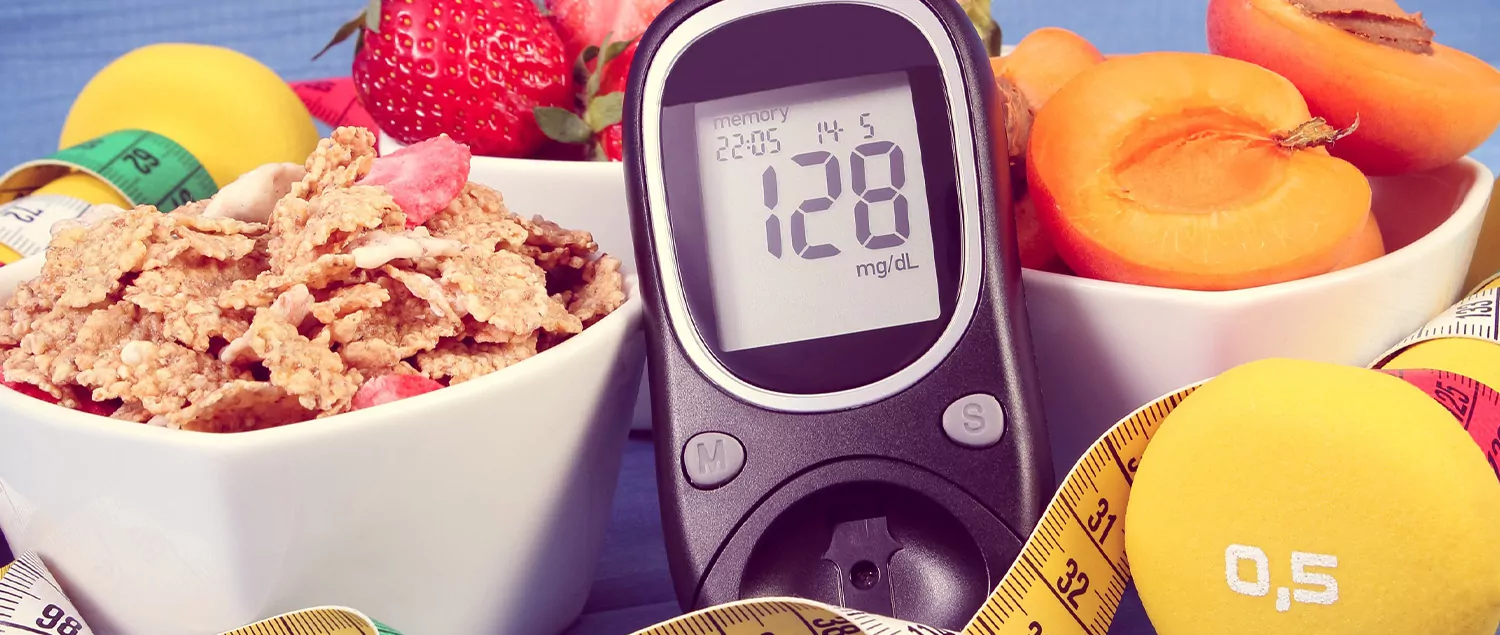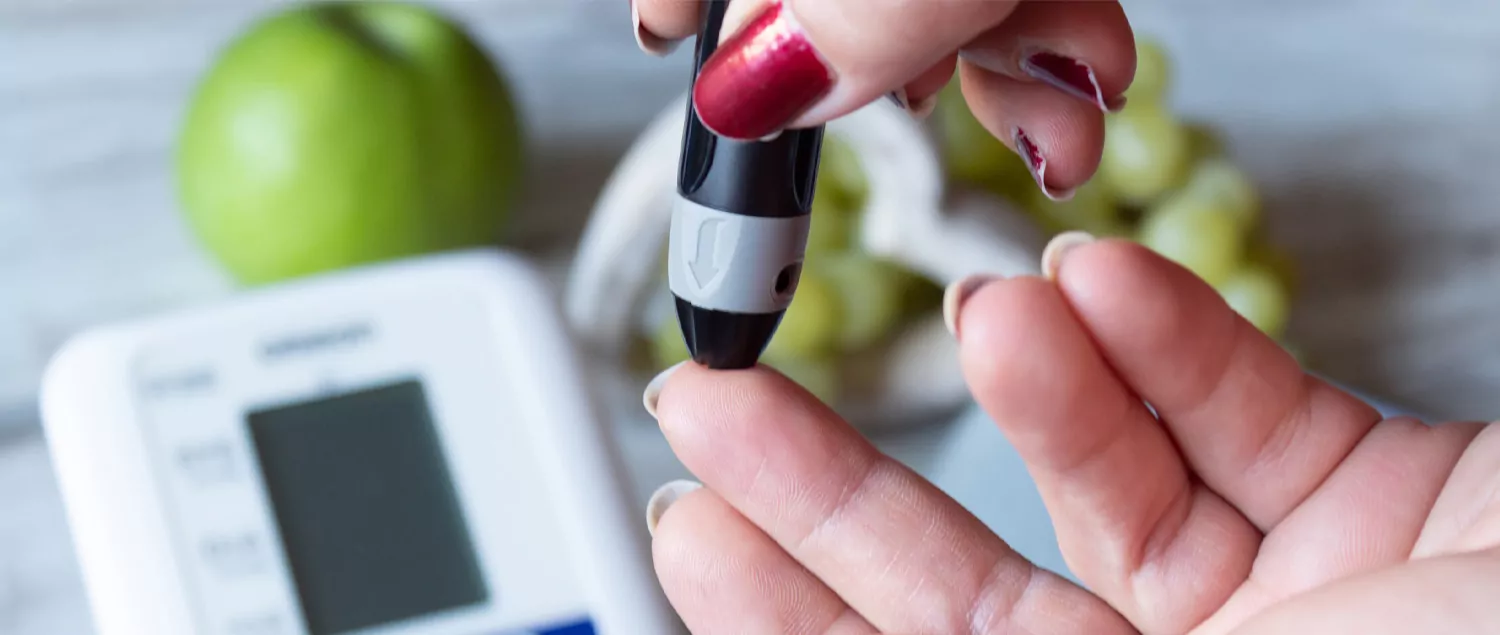What is Diabetes? What are the Symptoms?
Diabetes is a health problem characterized by prolonged high blood sugar levels. The hormone that controls blood sugar is insulin produced by the pancreas. Insulin is the hormone that allows blood sugar to enter cells to be used as energy. It occurs when the body does not respond adequately to insulin or there is not enough insulin in circulation. This condition can be congenital or occur at any stage of life.
What are the Symptoms of Diabetes?
Diabetes has some effects on the body due to a lack of insulin released from the pancreas or high blood sugar as a result of ineffective insulin in circulation. Symptoms of diabetes include:
- Don’t be too thirsty
- Dry mouth
- Fatigue
- Frequent urination
- Numbness and tingling in the feet and hands
- Blurred vision
- Unexplained weight loss or gain
- Skin infections
Symptoms of Hidden Diabetes
Hidden diabetes, or prediabetes, is a serious health problem where blood sugar is higher than normal but not high enough to be diagnosed as type 2 diabetes. Usually hidden diabetes is detected by blood tests. Because the symptoms seen in diabetes are seen. Therefore, the blood glucose level allows the distinction between diabetes and prediabetes. Symptoms of hidden diabetes include:
- Don’t be too thirsty
- Blurred vision
- Fatigue
- Frequent urination
Symptoms of Toxic Diabetes
Toxic diabetes is also called diabetic ketoacidosis. Toxic diabetes is a condition that occurs when insulin levels are severely low. In the absence of insulin, the body uses fat as an energy source instead of carbohydrates. When fat is the energy source, acidosis-causing chemicals called ketones are formed. Symptoms caused by this condition in diabetics are as follows:
- High blood sugar levels
- Blurred consciousness
- Blurred vision
- Abdominal pain
- Nausea
- Faint
- Deeper breathing than normal
Symptoms of Diabetes in Women
Women and men experience similar symptoms in diabetes. Diabetes symptoms are different in women than in men. Symptoms of diabetes specific to women include
- Vaginal and urinary tract infections
- Vaginal dryness
- Polycystic ovary syndrome

Symptoms of Diabetes in Men
In men, diabetes affects sexual health as well as general health. Symptoms of diabetes can occur as problems with sexual health in men. Symptoms of diabetes in men include:
- Erectile dysfunction
- Retrograde ejaculation (back ejaculation)
- Overactive bladder
- Urine leakage
- Problem urinating
- Urinary tract infections
What Causes Diabetes?
The cause of diabetes varies depending on the type. The general mechanism of diabetes is characterized by insufficient production of insulin as a result of damage to the pancreatic cells or insensitivity of the cells to insulin even though there is sufficient insulin in the circulation, resulting in high sugar in the blood. The situations that trigger this condition are as follows:
- Insulin resistance: This occurs when cells in the muscles, fat and liver do not respond to insulin as they should. Sedentary lifestyle (lack of physical activity), obesity, diet, hormonal changes, genetics and some medications cause insulin resistance. Insulin resistance triggers type 2 diabetes.
- Autoimmune diseases: A group of diseases that occur when the immune system attacks body tissues and cells. Type 2 diabetes and latent autoimmune diabetes of adults (LADA) occur when the immune system attacks pancreatic cells.
- Hormonal imbalances: Hormonal disorders such as Cushing’s syndrome or acromegaly increase the risk of developing type 2 diabetes. In addition, hormones that cause insulin resistance are released during pregnancy.
- Pancreatic damage Physical damage to the pancreas damages the insulin-producing cells, resulting in insufficient insulin production.
- Some medicines: Some medicines can trigger diabetes by causing hormonal changes.
Type 1 Diabetes (Autoimmune Diabetes)
The exact cause of type 1 diabetes is unknown. However, it is thought to be caused by an autoimmune reaction. As a result of these reactions, insulin production in the pancreas is severely damaged. Symptoms of type 1 diabetes occur quickly. To survive, these patients need to take insulin every day on a schedule prescribed by their doctor. However, since sugar intake at meals affects the amount of insulin planned, a nutrition plan should be prepared for type 1 patients. The nutrition plan is prepared by the dietitian in accordance with the patient’s lifestyle and treatment.
Type 2 Diabetes (Insulin Resistance)
It is the most common type of diabetes. In the initial stage of type 2 diabetes, cells do not respond to insulin. The pancreas then secretes more insulin to take the circulating sugar (glucose) into the cells. As a result, insulin resistance develops. Insulin resistance leads to prediabetes over time. This increases the risk of developing type 2 diabetes. Symptoms of type 2 diabetes appear gradually. This makes early diagnosis difficult.
Gestational Diabetes
Gestational diabetes occurs when not enough insulin is produced during pregnancy. In addition to physical changes, hormonal changes also occur during pregnancy. Hormonal changes affect the way insulin works. As a result, insulin activity is reduced. This triggers insulin resistance. Insulin resistance during pregnancy increases the body’s need for insulin. Gestational diabetes negatively affects the health of pregnant women and their babies. Health problems in the baby and mother caused by gestational diabetes:
- Causes hypertension in pregnant women.
- It causes macrosomia (larger than normal babies).
- It causes premature birth, difficulty breathing and low blood sugar in babies.
- Having gestational diabetes during pregnancy increases the likelihood of the baby developing type 2 diabetes later in life.
Treatment of Diabetes
There are different practices in the treatment and management of diabetes. Diabetes treatment should be planned in line with individual needs that vary from person to person. There are three types of treatment for diabetes: lifestyle changes, insulin and medication. Depending on the severity and course of the disease, treatments can be applied in combination.
Lifestyle Changes
For those at high risk of developing diabetes, those diagnosed with prediabetes and those newly diagnosed with type 2 diabetes, lifestyle changes are usually used without pharmacological treatment. Diabetes management is achieved through changes in lifestyle and diseases caused by diabetes are prevented. Patients are generally advised to make lifestyle changes:
- 150 minutes of moderate-intensity activity per week.
- To achieve a healthy weight, weight should be lost gradually.
- Increase the consumption of fruits, vegetables and whole grains in the diet.
- Reduce saturated fat intake in the diet.
- Learning ways to cope with stress makes diabetes management easier.
Insulin Therapy
Insulin therapy is not the treatment of choice for all diabetics. The key factor determining the use of insulin therapy is the ability of the pancreas to produce insulin. It is not needed if the pancreas can produce insulin, such as in type 2 diabetes. However, it can be used as a short-term treatment in type 2 patients. In particular, insulin therapy is the most frequently used treatment method in type 1 diabetes patients.
Medication Therapy
Medication is a common treatment for type 2 diabetes. In cases where blood sugar cannot be controlled with diet and exercise, medication is used. There are different types of medicines to treat diabetes. Medicines work in different ways, have different effects and side effects. General characteristics of drugs used in diabetes:
- Drugs that stimulate the pancreas to produce insulin
- Drugs that reduce glucose released from cells into the blood
- Drugs that increase insulin activity in the body
- Medicines that reduce the amount of insulin in the blood
You may be interested in : What is Type 1 Diabetes and How Does It Occur?
You may be interested in : How Should Type 1 Diabetes Patients Eat?
You may be interested in : What is Type 2 Diabetes?
Frequently Asked Questions
Symptoms of Diabetes in Infants
Type 1 diabetes and neonatal diabetes are observed in infants. Neonatal diabetes occurs in babies younger than six months. Symptoms of diabetes in infants include increased number of wet diapers, dehydration and increased appetite. In addition to these general characteristics, it causes developmental delays such as learning disabilities and muscle weakness. Diabetes may be suspected if babies suddenly become restless and irritable and are accompanied by other symptoms.
Symptoms of Diabetes in Children
It may not be easy to identify the symptoms of diabetes in children. Children have symptoms of diabetes similar to adults. In toddlers and children who have already developed toilet habits, there is a return to the old situation. Children may also experience bedwetting problems. These problems can be accompanied by excessive thirst, increased appetite and unreasonable weight gain or loss.
What Causes Diabetes at a Young Age?
The risk of developing diabetes normally increases in adults over the age of 40. This is because habits acquired at an early age negatively affect health and increase the likelihood of diabetes. Hormonal changes, especially during puberty, lead to decreased insulin utilization. However, decreased physical activity and increased weight trigger the development of type 2 diabetes.
What is Sugar Free Diabetes?
Sugar-free diabetes is called diabetes insipidus, arginine vasopressin deficiency or vasopressin resistance. Diabetes insipidus is not related to diabetes, but some of the symptoms are similar. Diabetes insipidus is a rare health problem that causes a disturbed balance of body fluids in the body. Symptoms of diabetes mellitus include being very thirsty, urinating large amounts of clear urine, frequent urination at night and drinking water.
Which Department Treats Diabetes?
The medical specialty that deals with the diagnosis and treatment of diabetes is internal medicine. Internal medicine specialists can plan the patient’s treatment with the support of dietitians and other health professionals when necessary.
What is a Home Diabetes Test?
A home blood glucose test measures the amount of glucose in the blood at the time of the test. The test is done with the help of a small portable device called a blood glucose meter. This test is not used to diagnose diabetes. It is generally used to determine how much insulin is needed in people diagnosed with diabetes and to detect blood sugar fluctuations during the day.





